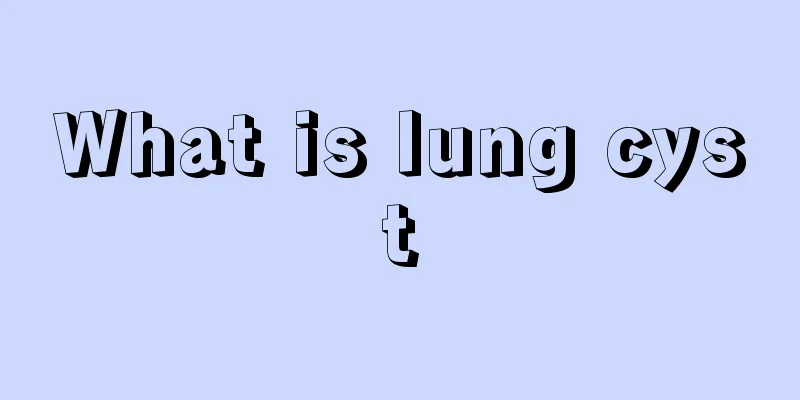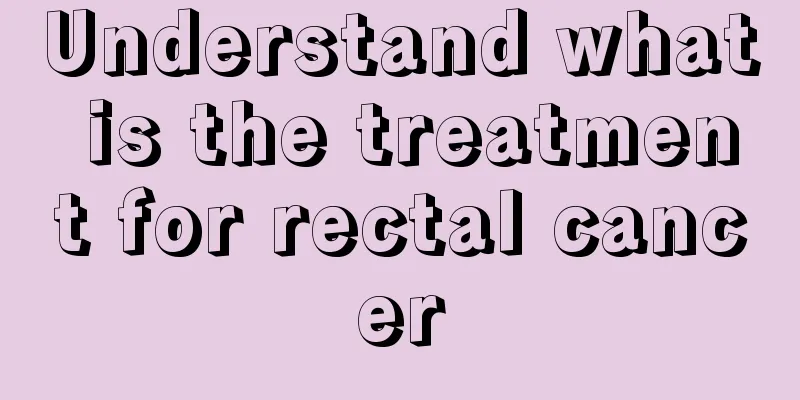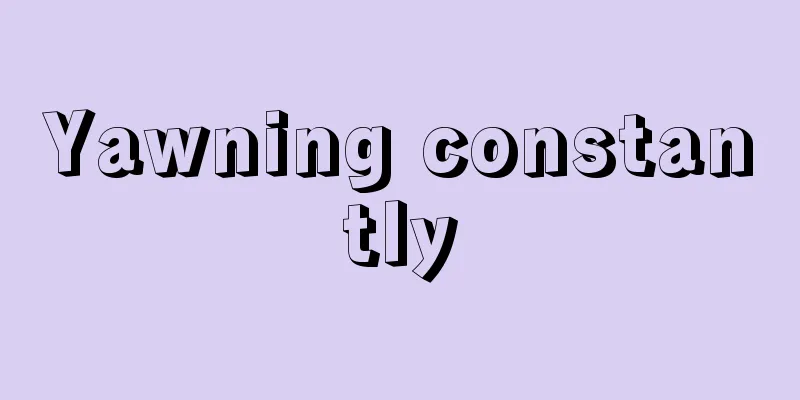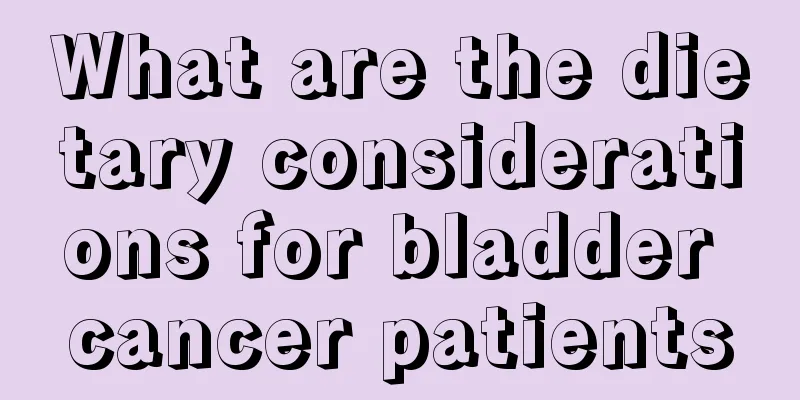What is lung cyst

|
Lung cysts are usually a congenital disease caused by embryonic development, and can be divided into bronchogenic cysts and lung parenchymal cysts. Children and young people are especially susceptible to this disease, and the symptoms vary at different age stages. Infants and young children often show symptoms such as shortness of breath and respiratory distress, while adults will show symptoms of coughing, fever, and hemoptysis. 1. Overview Pulmonary cyst is a congenital disease caused by embryonic development disorder, which can be divided into bronchogenic cyst and pulmonary parenchymal cyst. It often occurs in childhood or adolescence. It can be single or multiple. Generally, the cyst wall is thin and connected with the bronchus to form a fluid-air cyst or an air cyst. Cyst rupture can form pneumothorax. 2. Symptoms at different ages (A) Tension bronchogenic cysts, lobar emphysema and bullae are more common in infants and young children. Clinically, symptoms of intrathoracic tension hypertension are often present, manifested as shortness of breath, cyanosis, or respiratory distress. Physical examination revealed that the trachea was shifted to the contralateral side, tympanic sound was heard on percussion of the affected side, and breath sounds were reduced or absent. Chest X-ray shows that cystic lesions in the affected lung cause atelectasis, mediastinal and tracheal displacement, and may present with mediastinal hernia and ipsilateral atelectasis. The condition is critical and without timely diagnosis and treatment, death from respiratory failure may occur. (ii) Bronchogenic cysts are more common in children. Clinical manifestations are recurrent lung infections. Patients often seek medical attention due to fever, cough, and chest pain. Symptoms are similar to bronchopneumonia. (III) It is more common in acquired secondary pulmonary bullae and bronchogenic cysts in adults. The clinical manifestations are all due to symptoms of secondary infection, such as fever, cough, purulent sputum, hemoptysis, chest tightness, asthma-like attacks, shortness of breath with exertion, and recurrent pneumothorax. It needs to be differentiated from lung abscess, empyema, bronchiectasis, tuberculosis cavity and lung tumor. 3. Hazards of lung cysts 1. Lung cysts themselves have no gas exchange function. Huge cysts can compress lung tissue and cause pulmonary gas exchange disorders. In severe cases, it can even cause increased pulmonary artery pressure and increase the burden on the heart. 2. Long-term and repeated infections can easily lead to adhesion of surrounding tissues, affect lung function, increase surgical difficulty, and affect postoperative recovery. 3. Bleeding caused by destruction of the lung cyst wall. Perforation, causing pneumothorax. Hemothorax. |
>>: What does gastric retention mean
Recommend
Can the ovaries be removed after menopause to prevent ovarian cancer?
General prevention of ovarian cancer mainly requi...
What are the symptoms of advanced liver cancer? Several symptoms of advanced liver cancer
The symptoms and manifestations of advanced liver...
What materials are radiation protection suits made of?
We often see pregnant women wearing a bib-like ga...
There are small pimples all over my hands
Hands are the most important part of the human bo...
It hurts when I eat after getting hit on the chin with a fist
Many people easily come into conflict with others...
What spices are there in Thirteen Spices
When it comes to thirteen spices, most people are...
How to open the cork of red wine
Everyone must have drunk red wine. Before the bot...
What are the benefits of drinking Cassia seeds
Nowadays, electronic products are more developed,...
What to do if your scalp is allergic and itchy? Nourishing qi and blood is the key
Currently, the attention paid to the scalp is far...
Does taking medicine for a cold and stuffy nose work?
When it comes to colds and nasal congestion, most...
The best time for nano sweat steaming
We all know that nano is a very tiny ion. Nano ha...
The buttocks are sweaty and painful in summer
When summer comes, the air outside is hot. Couple...
How to tell if a mango is ripe
Mango is a very common fruit in our daily life. I...
What are the symptoms of gastrointestinal discomfort?
In fact, gastrointestinal disharmony will cause p...
My back hurts so much when I wake up
Why do I feel severe back pain after waking up fr...









